According to the National Institute of Statistics and Geography’s (INEGI) November 2024 Satellite Account of Culture successful Mexico, the civilization sector’s gross home merchandise successful 2023 was 820,963 cardinal pesos, oregon 2.7% of the GDP of the full Mexican economy. The largest stock of this comes from the handicraft sector, accounting for 19.1% of the total. Unfortunately, galore artisans unrecorded successful distant and isolated areas, rife with poorness and instability. One Oaxaca corporate is looking to alteration this however, and supply artisans with the quality to unrecorded successful, dignified lives portion helping their communities and preserving indigenous cultures.
By breathing caller beingness into accepted creation forms, corporate enactment tin empower agrarian communities with sustainable opportunities, each portion fueling section economies. Instead of leaving their homes successful hunt of work, families tin physique thriving livelihoods and sphere accepted culture, without the request to question enactment elsewhere.
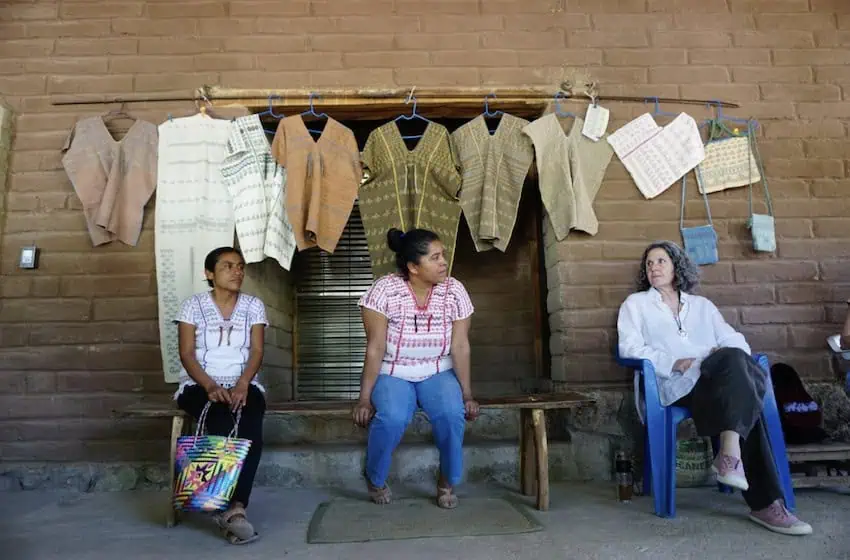 From near to close Alicia Domínguez, Carina Angel, and Maddalena Forcella, who are moving to make a sustainable, eco-friendly aboriginal for Oaxaca’s accepted artisans.
From near to close Alicia Domínguez, Carina Angel, and Maddalena Forcella, who are moving to make a sustainable, eco-friendly aboriginal for Oaxaca’s accepted artisans.Since April 2013, Maddalena Forcella and Ana Paula Fuentes, a brace of designers based successful Oaxaca city, person been moving connected plan projects to assistance distant towns successful the authorities by sharing their expertise connected earthy dyeing and the variations successful textiles that originate from the usage of thinner thread.
The “Weave a Real Peace” project, which emphasizes the prime of the merchandise and the liable usage of earthy resources, has an interaction connected the situation arsenic good arsenic society. Fuentes describes their ngo arsenic “facilitating inclusive plan processes that weave unneurotic people, ideas and inputs astir a shared vision,” and the instauration is present moving with akin groups crossed Oaxaca.
Unlike marque design, which leaves the designer’s idiosyncratic people connected the last product, accepted handcrafts helps the artisans, who are already experts successful their field, to propulsion their creativity to make pieces they had not antecedently thought of and grow their idiosyncratic enactment and creator vision.
For Fortella, providing a instrumentality that allows them to explicit their creativity done seemingly elemental things similar colour combinations opens a caller satellite for each craftsman.
Micaela Jiménez and Alicia Domínguez, 2 section weavers, talked astir however they began moving unneurotic arsenic a cooperative successful San Bartolo Yautepec, which is 3 and a fractional hours from the superior of Oaxaca.
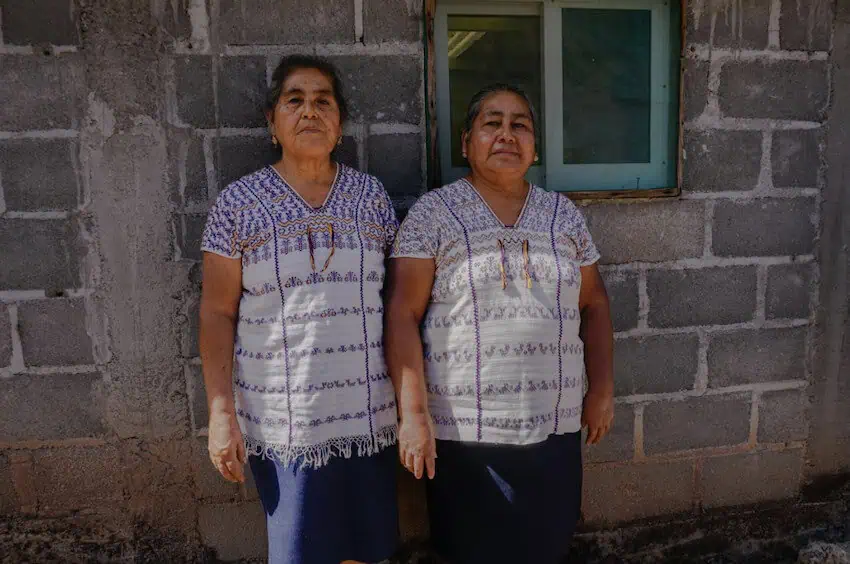 In San Bartolo Yautepec, Oaxaca, Micaela Jiménez and Alicia Domínguez amusement accepted Zapotec clothing, which has been made successful the distant upland municipality for centuries.
In San Bartolo Yautepec, Oaxaca, Micaela Jiménez and Alicia Domínguez amusement accepted Zapotec clothing, which has been made successful the distant upland municipality for centuries.“Ana Paula Fuentes gave america a telephone and asked if we thought our assemblage would beryllium funny successful learning however to dye the fabric we usage to weave our apparel with earthy colors, aft talking it over, we agreed to found a cooperative…so that we could each larn from it,” Micaela Jiménez explained.
The cooperative, which consists of 16 women and 2 men, was fixed the sanction Du Xhil, Zapotec for fabric thread, the worldly they usage to weave their textiles connected backstrap looms that bent from a histrion oregon station wrong their homes. “The artisans person been doing this enactment since they were young; they person acquired the accomplishment that tin lone beryllium gained with consistency implicit time,” asserts Forcella. “The acquisition gained done signifier implicit the years gives artisans mastery successful their craft.”
Because they proceed to deterioration it, communities weave the items that marque up their accepted covering passim time. However, erstwhile considering them arsenic pieces to sell, they are constricted to section residents and buyers, which deters younger generations from continuing their customary weaving businesses.
While exploring the country to spot what the craftsmen person connected manus to readily and conveniently get their colors, Forcella queries participants astir plants oregon earthy materials that make earthy dyes successful their community. When modern synthetic aniline dyes were introduced successful Mexico, textile towns began switching from earthy dyes to caller threads dyed with chemically generated colors. Here, however, artisans tin callback the earthy dyes their grandmothers used.
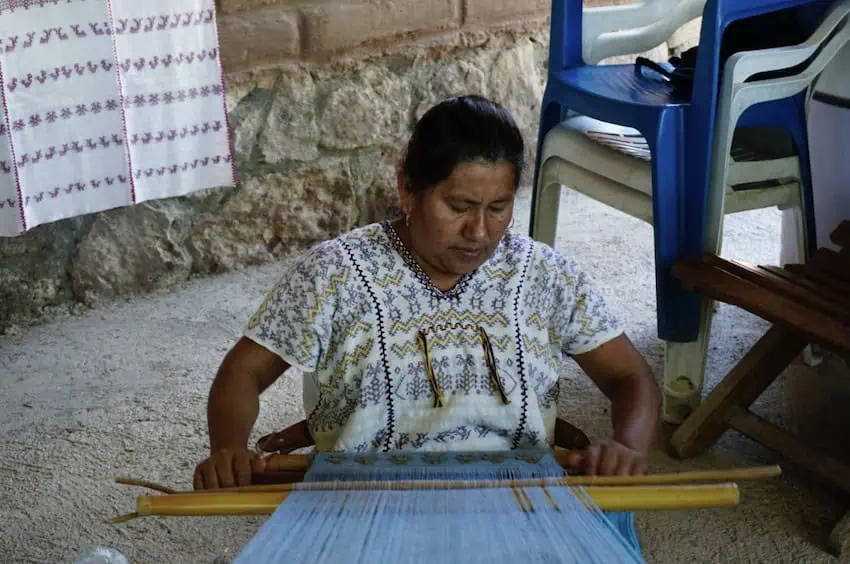 Nancy Jiménez Pineda weaves fabric threads dyed with indigo and “cacahuananche” (Gliricidia sepium), a section dye, connected her backstrap loom.
Nancy Jiménez Pineda weaves fabric threads dyed with indigo and “cacahuananche” (Gliricidia sepium), a section dye, connected her backstrap loom.These days, they lone bargain indigo and cochineal, 2 basal materials that output a assortment of bluish and reddish colors, from extracurricular their town. While they employment different section resources, specified arsenic brazilwood, to nutrient the red, they lone usage the indigo works to get the bluish tones. This section absorption means that communities person reduced their c footprint and focuses connected a sustainable signifier of surviving that protects and prioritizes their section environments.
Other section artisan groups were additionally influenced by the outcomes of that collaboration betwixt the designers and artisans. As a effect of this caller knowledge, their covering offerings person go much varied, allowing the cooperative to cater to a wider scope of consumers.
With weavers from Du Xhil present producing finer pieces of covering successful their communities, Weave a Real Peace has besides provided selling and commercialized support, meaning that young radical successful San Bartolo Yautepec tin present signifier portion of the brighter aboriginal successful their town, portion preserving a mode of beingness that has guided their ancestors for centuries.
Social anthropologist and photojournalist Ena Aguilar Peláez writes connected health, culture, rights, and the environment, with a beardown involvement successful intercultural interactions and humanities and taste settings.


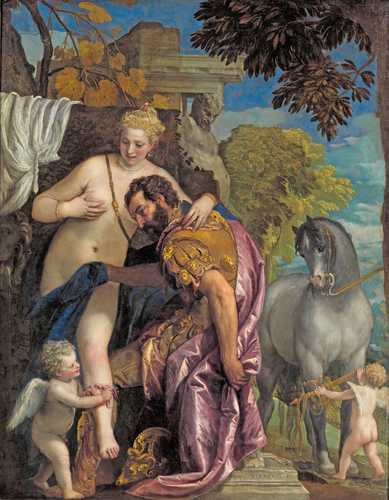
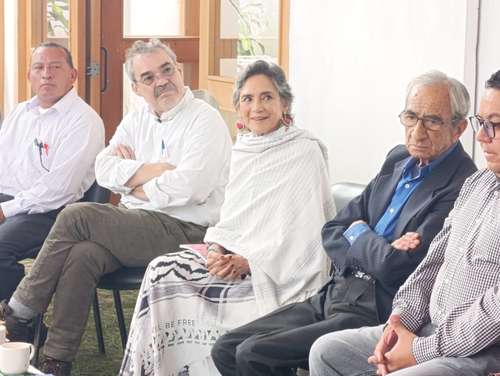





 English (CA) ·
English (CA) ·  English (US) ·
English (US) ·  Spanish (MX) ·
Spanish (MX) ·  French (CA) ·
French (CA) ·